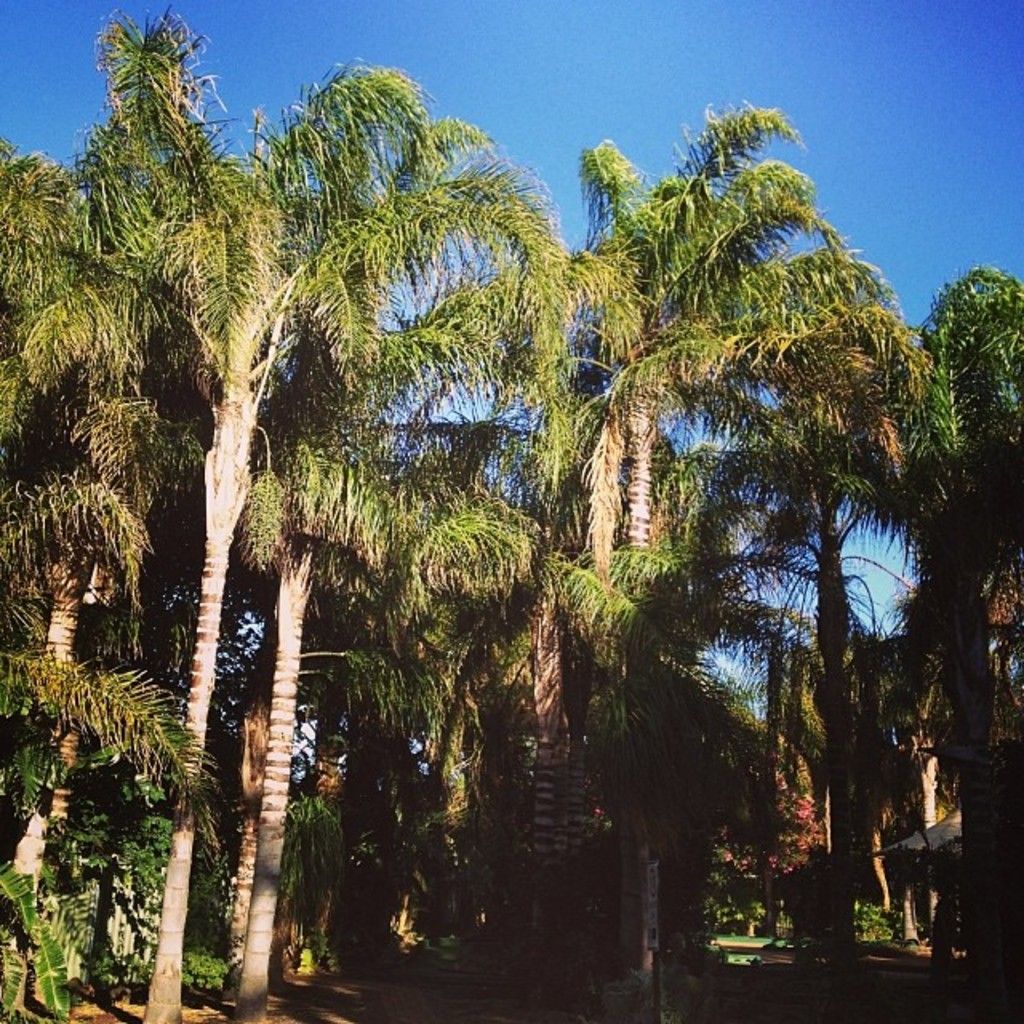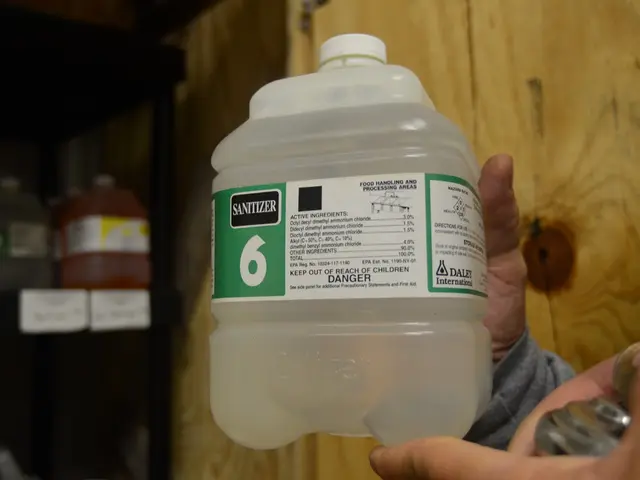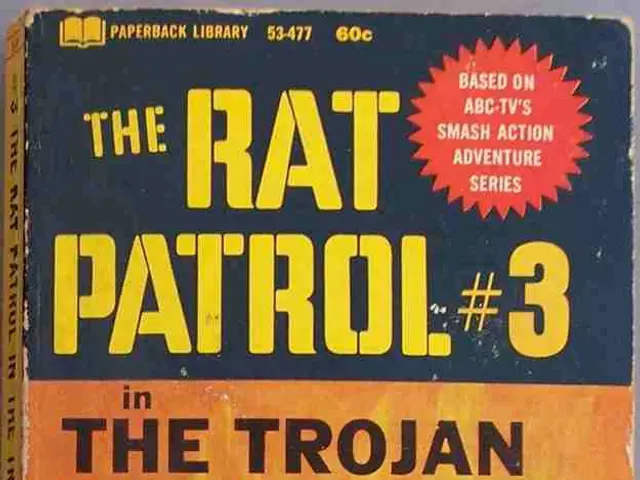Navigational Cognition: The Mental Ability That Ensures Your Directional Awareness
Navigating your way through the world doesn't just happen—it's all thanks to your brain's internal GPS, a remarkable system of neural networks that map environments, store landmarks, and calculate distances. Here's how it all works.
The Internal Navigational All-Stars: Place Cells and Grid Cells
Deep within your temporal lobe reside the hippocampus and the entorhinal cortex—two brain regions brimming with specialized neurons that help build your internal maps. They're the navigation all-stars, with place cells and grid cells being the MVPs.
Place cells, found in the hippocampus, fire up when you occupy a specific location, helping form a cognitive map of your surroundings. On the other hand, grid cells, located in the entorhinal cortex, have a hexagonal firing pattern that updates as you move through space. When these cells combine their efforts, they create a dynamic coordinate system that lets you know exactly where you are and which direction to go.
Landmarks, Context, and Mental Models
Your brain doesn't just rely on coordinates to navigate; it also uses landmarks (recognizable features) and contextual cues to create a more robust and adaptable mental model of your surroundings. It's constantly charting and recalibrating, adjusting to new buildings, detours, or even the slightest changes in your daily commute.
Building and Maintaining Your Mental Maps
Creating accurate spatial maps depends on perception, memory, and movement. By physically exploring a place and spending time there, you provide your brain with the raw data it needs to stitch together a detailed mental representation of the area. Repetition and memory consolidation during sleep further strengthen these maps.
Active Exploration Beats Passive Observation
To build a detailed mental map, it's better to actively explore a place instead of simply observing it. When you move through space, you receive essential vestibular and proprioceptive input that helps you understand scale, orientation, and layout.
That's why you remember your route better after walking it than when someone drives and you just follow along. Moving around reinforces mapping.
The Role of Memory and Repetition
As with any skill, spatial navigation improves with practice. Regularly revisiting the same route, mentally rehearsing a journey, or visualizing a space can help reinforce your internal map. Consistent memory consolidation, especially during sleep, transforms short-term spatial impressions into long-term cognitive maps.
When the Internal Compass Fails
While everyone's navigational ability varies, some people may struggle with spatial awareness, especially during the early stages of cognitive decline or due to developmental differences.
Navigation and Early Signs of Cognitive Decline
Difficulty navigating familiar environments may be an early warning sign of neurodegenerative diseases like Alzheimer's. As the disease progresses, the entorhinal cortex—where those crucial grid cells reside—is often affected. Losing the ability to maintain spatial awareness can cause disorientation and anxiety, especially in new or crowded environments.
Developmental Differences and Navigation Disorders
Developmental Topographical Disorientation (DTD) is a condition in which individuals struggle with navigation despite no apparent brain damage. These individuals may never form effective spatial maps, relying on landmarks or verbal instructions for navigation.
Sharpening Your Spatial Awareness
If you'd like to boost your sense of direction, there are a few strategies that can help.
Give Your GPS a Rest and Challenge Yourself
We've grown dependent on digital maps, which can make our internal compass a little rusty. Try to find your way without a GPS, mentally picturing routes before setting out. Challenge yourself to think, plan, and make decisions solely based on the information available to you through your senses.
Game On
Video games like adventure games or maze-based puzzles can help improve spatial awareness by requiring mental rotation, memory of layouts, and planning—skills that are essential for real-world navigation.
Mental Rehearsal
Take a few minutes each day to mentally walk through familiar spaces, reinforcing your spatial memory and engaging your navigational neural networks.
Supporting Your Spatial Skills Through Lifestyle Choices
In addition to mental exercises, certain lifestyle choices can support your spatial skills.
Keep Moving
Activities that require constant spatial judgment, like hiking, dancing, or sports, can help improve your proprioception (the sense of body positioning). Regular movement also aids in integrating spatial feedback into your cognitive maps.
Mindful Wandering
Mindfully explore your surroundings, taking note of landmarks and engaging your senses. The more aware you are during exploration, the more data your brain has to build and refine its maps.
Brain Power
While there's no magic pill for enhancing spatial skills, certain supplements—such as phosphatidylserine, acetyl-L-carnitine, and Ginkgo biloba—may offer some benefits by supporting overall cognitive function, memory, and attention, which are all relevant for spatial processing.
Navigating the world, no matter how small or large, requires an immense amount of brainpower. For most of us, it's as natural as breathing or blinking. But take a moment to appreciate the intricate system at work as you find your way home after taking a new route—you're lucky to have such an incredible built-in GPS.
- Mental health is crucial to maintaining an optimal navigational system, as the brain's internal GPS depends on a properly functioning hippocampus, a region responsible for memory and spatial navigation.
- Just as regular exercise strengthens physical fitness, active exploration of environments helps strengthen the neural networks responsible for spatial awareness and mental mapping. This connection suggests that a healthy lifestyle that includes regular exercise and mental stimulation can benefit both physical fitness and mental health.








